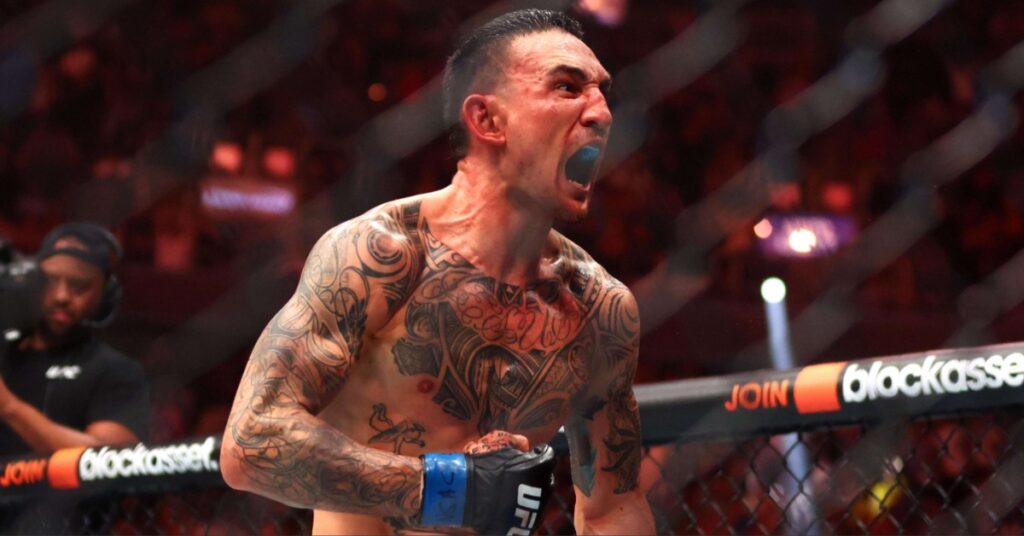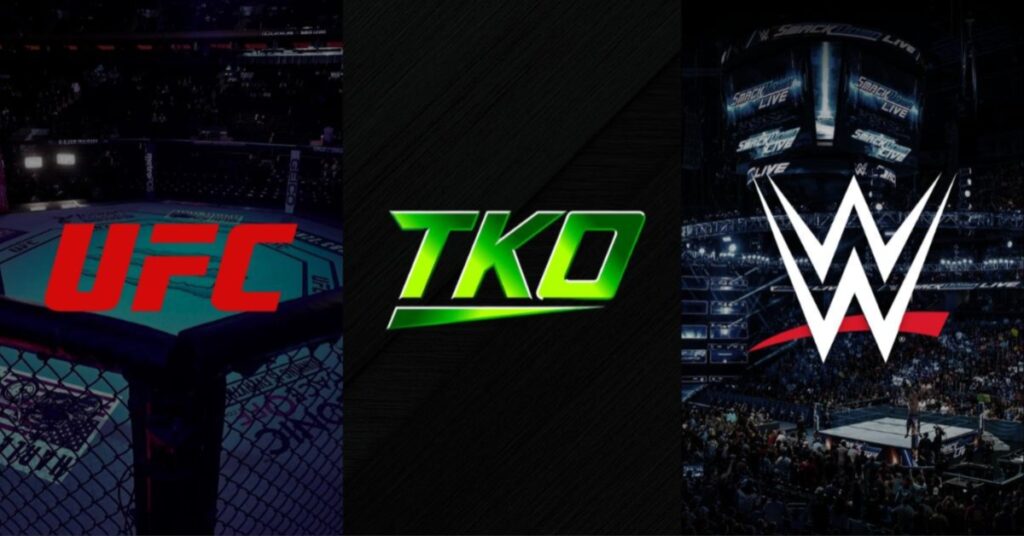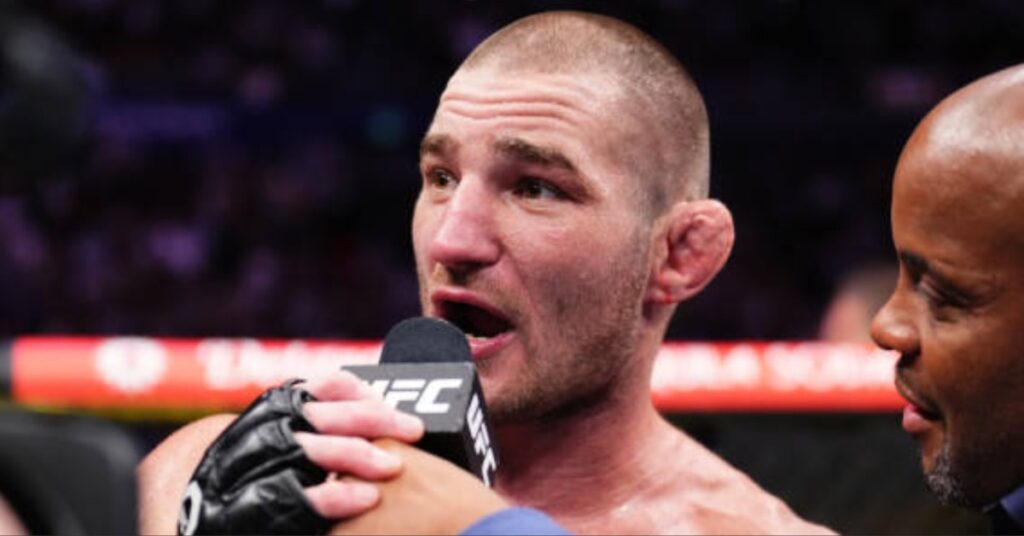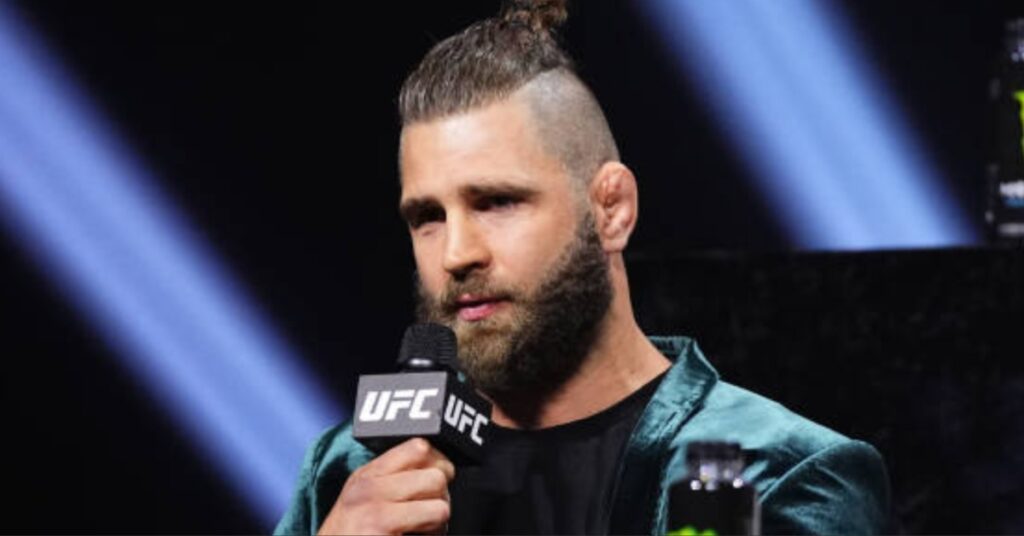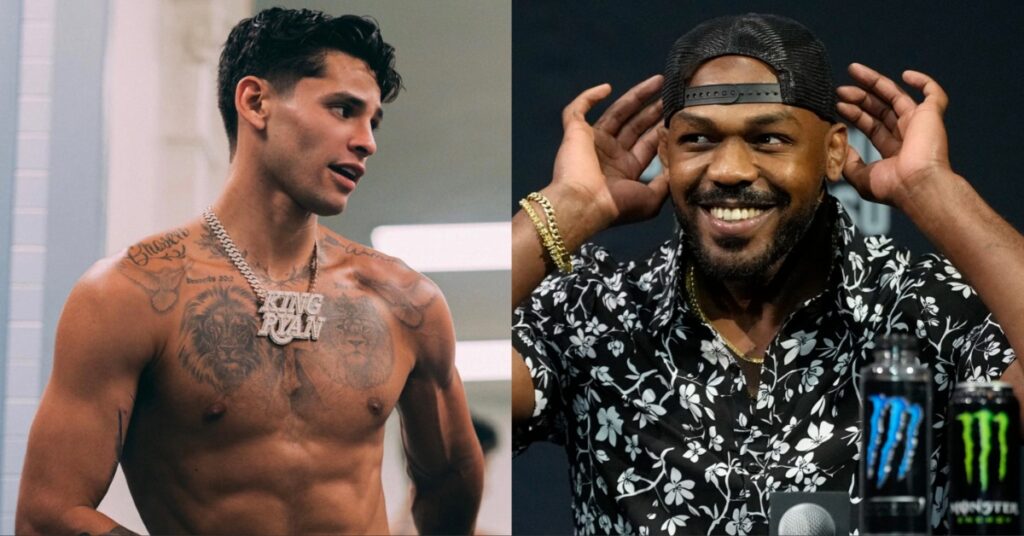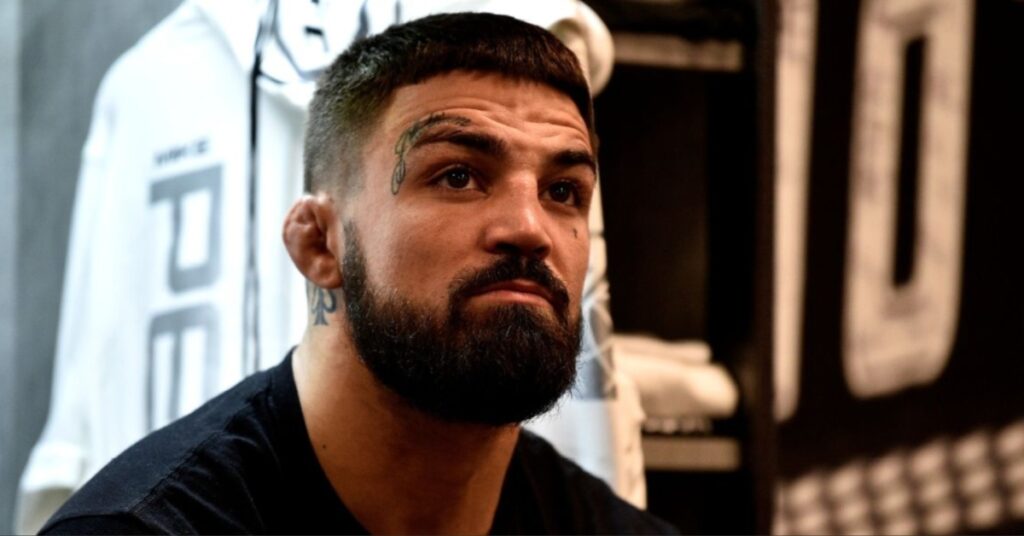When Is It Time For Athletes Like Georges St. Pierre To Retire?
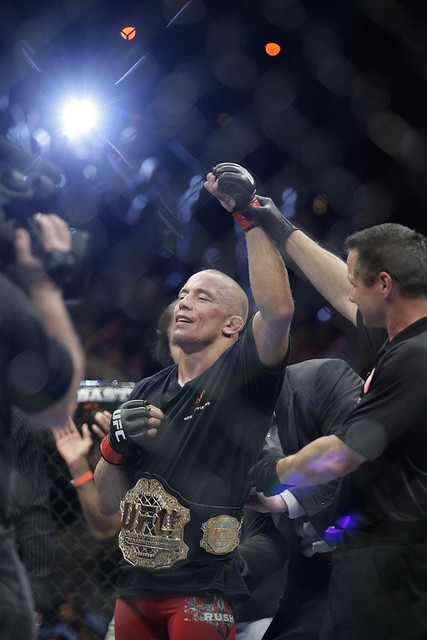 It doesn’t matter where you look in society; there are countless examples of individuals refusing to hang up the boots. You only have to visit a few local bars before you find a drunken 60-year-old pulling off 80s moves on a dance floor with a schooner of beer in one hand and a smile from ear to ear.
It doesn’t matter where you look in society; there are countless examples of individuals refusing to hang up the boots. You only have to visit a few local bars before you find a drunken 60-year-old pulling off 80s moves on a dance floor with a schooner of beer in one hand and a smile from ear to ear.
Or perhaps you’re driving down the highway and you notice an 80-year-old driver in the fast lane travelling half the speed limit. One thing is for sure, retirement is something that many individuals struggle to deal with. The loss of participation and inclusion suddenly changes one’s identity and lifestyle. Even the hardest man in Chuck Liddell was brought to tears in announcing his retirement from the sport he loved so dearly.
Society screams that age is just a number, that you’re only as old as you feel, that 40 is the new thirty and so on. In the sport of MMA fighters are increasingly pushing the boundaries to increase their longevity in the sport because often it is very lucrative to do so, just ask Randy Couture. To compete at the highest level some athletes are even choosing to prolong their careers using controversial therapies such as TRT to adjust their hormone levels.
Medicine has delivered a lifeline to so many athletes; detached retinas are repaired, jaws are rewired, ACLs and rotary cuffs are repaired with ease, and faulty discs can be repaired in vertebrae providing you have the insurance. Despite the body repair shop performing miracles, many battered bodies are still competing in the sport today. We must therefore ask the question as to when should an MMA fighter retire? Should promotions or athletic commissions enforce stricter rulings on retirement or should it be a left a private matter for fighters to make even if there is a suspected long term health risk in doing so?
Although bodies can be mended, the biggest concerns are the potential long term irreparable damage to neurological function through repeated head trauma. At present it is very difficult to detect or predict the extent of long term neurological damage without advanced testing and examinations that can measure brain volumes over an athlete’s career along with regular cognitive performance tests. Based on the current system of licensing, a fighter could suffer two or three concussions during their career and still pass a CAT or MRI scans in order to compete.
If a fighter such as GSP accumulates more than 5 hours of competition in the Octagon as reported earlier by Lowkick news writer Rory Kernaghan, then how many more hours of sparring should we add in addition to these five hours throughout the course of GSP’s career?
There are many fighters on the current UFC roster who have taken a lot of damage throughout their careers. Jnr Dos Santos for example collectively took almost 50 minutes of punishment from Cain Velasquez alone. There are also many other fighters such as Wanderlei Silva, Shogun Rua, Chris Leben, Roy Nelson and Mark Munoz that have been on the receiving end of some vicious beatings.
So now it’s your turn to discuss how you feel about the direction of the sport:
1. Do you believe there should be stricter guidelines on retirement and tougher medical examinations for fighters?
2. Should there be a limit in the number of bouts a fighter can participate in before we say enough is enough?
3. Is it indeed time for GSP to retire?
4. Should we still be rewarding knockouts in the Octagon despite the associated risks?

